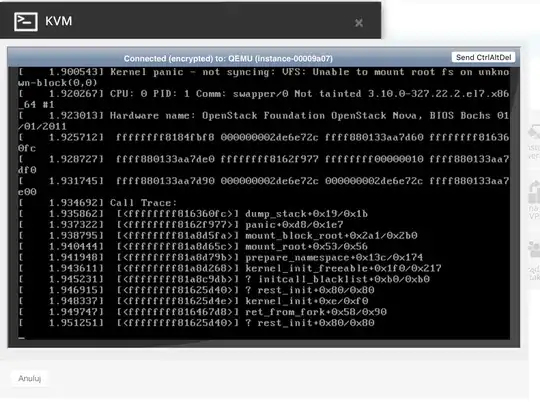I'm trying to make use of the ability of zfs snapshots. To explain a little how it's configured on my end:
zpool create vol0 mirror /dev/sda /dev/sdb
zfs create -o volblocksize=128K -V 15T vol0/pprovol
I got my ZFS volumes:
NAME USED AVAIL REFER MOUNTPOINT
vol0 15.0T 16.6T 100K /vol0
vol0/pprovol 15.0T 31.6T 1.99G -
And I have a block device on:
Disk /dev/zd0: 15 TiB, 16492674416640 bytes, 32212254720 sectors
Units: sectors of 1 * 512 = 512 bytes
Sector size (logical/physical): 512 bytes / 131072 bytes
I/O size (minimum/optimal): 131072 bytes / 131072 bytes
I formated it as xfs with: mkfs.xfs /dev/zd0 and mounted it on my mounted point
Now I would like to create snapshots for this zd0 device. So that I could rollback changes made on the xfs filesystem.
Is this possiable? And how can I do this?
It does work for my /vol0 but that isn't what I need. Hope to get some help around here! Thanks.
